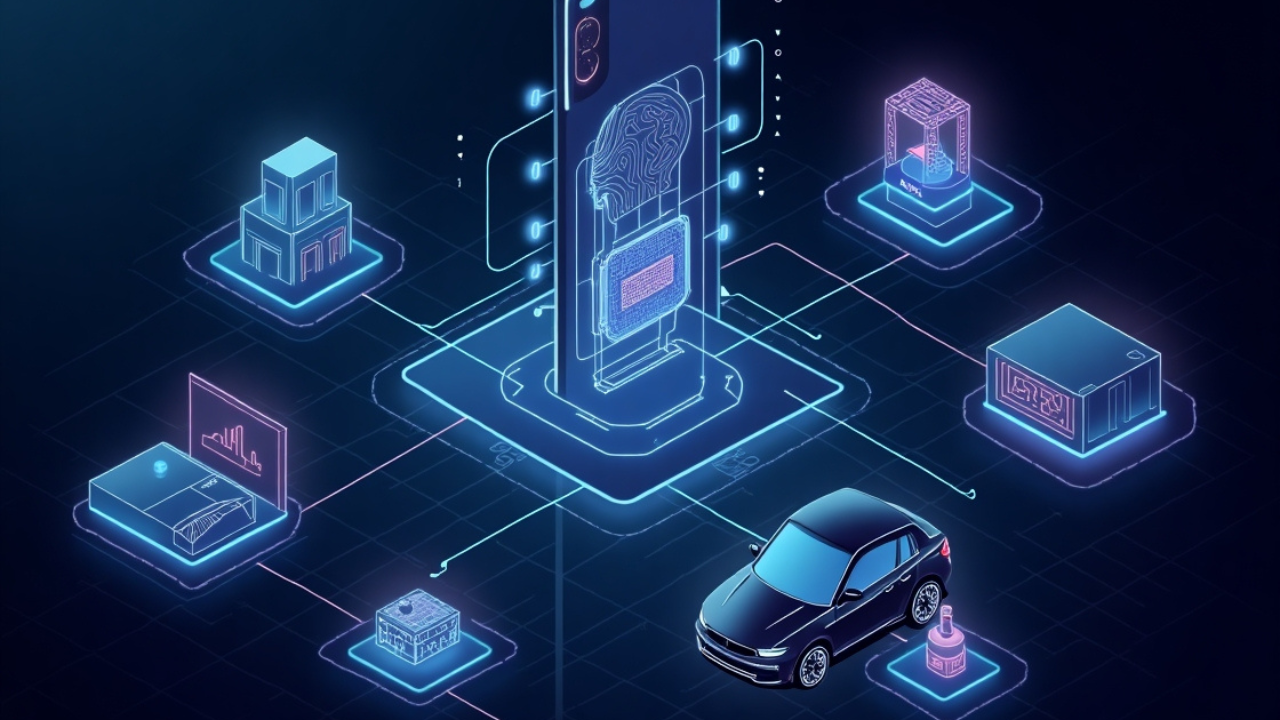The concept of space mining—once confined to the realm of science fiction—is rapidly moving toward reality. With growing interest from governments and private companies, the race to explore and extract resources beyond Earth is well underway. The potential benefits of space mining are enormous, offering a pathway to secure critical materials, support deep-space missions, and even transform the global economy. However, this field also faces significant technical, legal, and ethical challenges that must be addressed to make it viable.
Understanding How Space Mining Works
At its core, space mining involves extracting valuable resources such as water, metals, and minerals from celestial bodies like asteroids, the Moon, or even Mars. The process typically begins with the identification of a suitable target using telescopes and space probes. Once a resource-rich body is selected, robotic spacecraft may be deployed to conduct on-site surveys and collect samples. Eventually, specialized equipment could excavate and process materials either on-site or transport them back to Earth.

Water is considered one of the most valuable resources in space mining because it can be converted into hydrogen and oxygen for fuel. Moreover, metals such as platinum, nickel, and rare earth elements found in asteroids are critical for electronics and clean energy technologies. By tapping into these resources, it could help reduce our dependence on Earth's finite supplies.
The Future of Space Mining: Opportunities and Promise
The future of mining in space looks promising due to increasing investments, scientific breakthroughs, and growing interest in lunar and deep-space exploration. With space agencies like NASA, ESA, and emerging players like Blue Origin and SpaceX pushing the boundaries of exploration, the infrastructure for off-world resource extraction is gradually taking shape.

Blue Origin, founded by Jeff Bezos, is actively developing spacecraft and landers with space mining potential. The company's long-term vision includes building a sustainable space economy where millions of people live and work in space. Their Blue Moon lander is specifically designed to deliver cargo and potentially mining equipment to the lunar surface.
Private investors and governments alike are starting to recognize the economic potential of mining in space. The U.S. and U.K. space industries are among the most active players in this domain. Both countries are investing in innovation and policy development to support future space mining missions. These investments are not only strategic but essential for maintaining a competitive edge in the rapidly expanding space industry.
Challenges in Space Mining: Technical, Legal, and Ethical Barriers
Despite its immense potential, mining in space is fraught with challenges. The harsh environment of space, high mission costs, and lack of mature technologies make the endeavor risky and expensive. Robotics and AI are expected to play a central role in overcoming these issues, but developing reliable autonomous systems for mining operations in microgravity remains a major hurdle.
Another pressing challenge is the legal ambiguity surrounding space mining. The Outer Space Treaty of 1967, signed by most spacefaring nations, states that no country can claim sovereignty over celestial bodies. However, it does not clearly define ownership rights over resources extracted from space. This creates a gray area that could hinder investment and international collaboration unless new agreements are reached.
Ethical concerns also arise when discussing the commercialization of space. Critics argue that mining in space could exacerbate global inequalities, with only wealthy nations and corporations reaping the benefits. There are also concerns about potential damage to celestial bodies and the impact on future generations.
Investing in Space Mining Technology
To navigate these obstacles, significant investment in space mining technology is essential. Innovations in robotics, propulsion systems, remote sensing, and in-situ resource utilization (ISRU) are key areas of focus. ISRU, in particular, refers to the use of local materials to support space missions, reducing the need for costly Earth-based supplies.

Several startups and research institutions are working on technologies specifically aimed at enabling space mining. For example, 3D printing could be used to build infrastructure on the Moon using lunar regolith, while advanced drilling systems are being developed to penetrate tough asteroid surfaces. These technologies are not only vital for resource extraction but also have spin-off applications in other sectors of the space industry.
Governments are also playing a role in funding space mining initiatives. NASA's Artemis program, which aims to return humans to the Moon, includes objectives related to resource utilization. Similarly, the U.K. Space Agency has announced partnerships with private companies to explore mining technologies in space.
Finding Space Mining News and Tracking Progress
Staying informed about the latest developments in space mining is crucial for investors, researchers, and policy-makers. Numerous online platforms and space-focused publications now offer dedicated sections on space mining news, tracking missions, funding rounds, and technological breakthroughs.
Websites like Space.com, SpaceNews, and industry-specific newsletters frequently report on the progress of key players such as Blue Origin, Planetary Resources, and Moon Express. These updates help stakeholders understand the evolving landscape of space mining and identify potential opportunities for collaboration or investment.
Social media and academic publications also provide valuable insights into ongoing research and pilot missions. Conferences like the Space Resources Roundtable and the International Astronautical Congress often feature sessions dedicated to mining in space, making them excellent forums for networking and knowledge sharing.
The Role of the US and UK Space Industry
The US and UK space industry sectors are leading the charge in making space mining a reality. In the U.S., legislative frameworks such as the Commercial Space Launch Competitiveness Act (2015) give companies the right to own resources they mine in space, thus encouraging private sector involvement. NASA continues to award contracts to develop lunar mining technologies, and companies like Astrobotic and Masten Space Systems are actively engaged.
In the U.K., the government has expressed strong interest in developing capabilities for mining in space, particularly as part of its broader strategy to become a global leader in the space industry. Investments are being channeled into R&D, satellite monitoring systems, and partnerships with international stakeholders.
By fostering innovation and crafting favorable policies, both countries aim to secure a leadership role in the future of space mining. Their efforts are also crucial for setting global norms and regulations that ensure sustainable and equitable use of space resources.
Conclusion
Space mining holds transformative potential for science, industry, and humanity at large. It could unlock vast new resources, enable long-term space missions, and stimulate economic growth both on and off Earth. However, realizing this potential will require overcoming formidable challenges—technical, legal, and ethical.
Collaboration between governments, private companies, and international organizations is essential to ensure the space mining industry evolves responsibly and sustainably. As technology advances and investments increase, the dream of extracting resources from the stars is moving closer to reality. The future of space mining is not only a fascinating frontier but also a defining challenge of our time.








